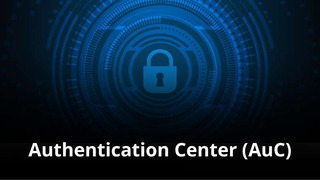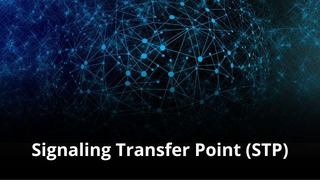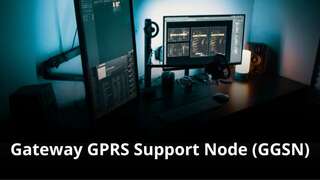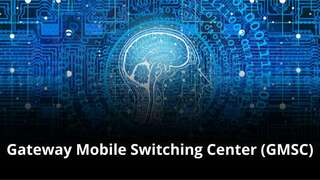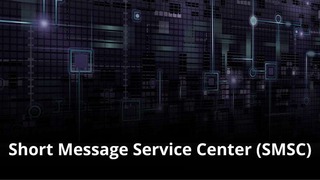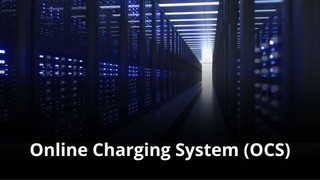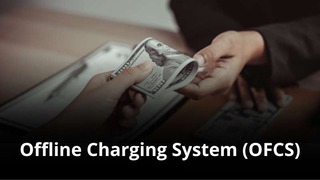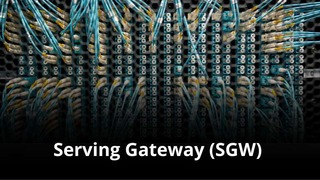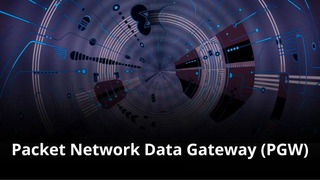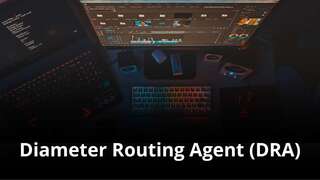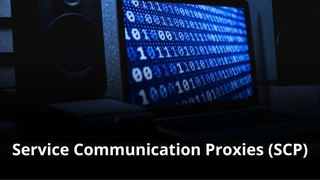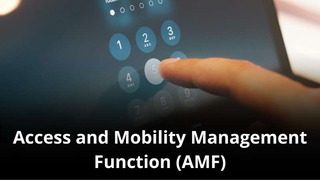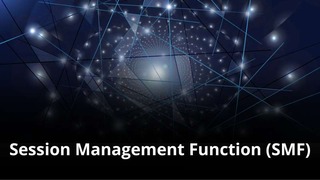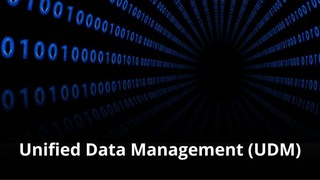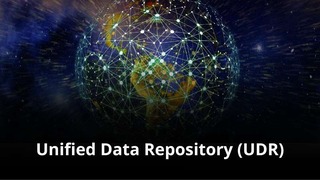Introduction about the Online Charging System (OCS)
The Online Charging System (OCS) is a critical, high-performance platform within a mobile operator’s core network infrastructure. Its fundamental purpose is to perform real-time credit control for prepaid and post-paid subscribers using data, voice, and SMS services. Understanding the OCS is essential for grasping how operators monetize services and manage subscriber balances instantaneously. This system enables revenue assurance and dynamic service control.
What are the details of a Online Charging System (OCS)?
- History and Evolution of the Online Charging System
- Core Utility and Functionality of the OCS
- Technical Integration and Data Model
- OCS Ownership for MVNOs and IoT Companies
- Organizational Impact of OCS Ownership?
- Redundancy and High Availability
- Future Trends and the OCS
- Frequently Asked Questions about the OCS
- Summary
History and Evolution of the Online Charging System (OCS)
The need for the Online Charging System (OCS) arose from the limitations of older offline billing systems, particularly with the rise of prepaid mobile services in the 1990s and early 2000s. Traditional Offline Charging Systems (OFCS) collected usage data after the service consumption. This method was insufficient for prepaid services, where credit must be verified before and deducted during service usage. The OCS evolved to solve this by providing online, real-time rating and credit control. With the proliferation of mobile data and complex service bundles in the 4G (LTE) era, the OCS became central. It enables sophisticated, session-based charging for diverse IP services.
Core Utility and Functionality of the OCS
What is the OCS Used For?
The Online Charging System (OCS) is used for immediate credit authorization and balance management. It ensures that a subscriber has sufficient funds or allowance before a service is granted. Its primary role is to intercept service requests from the network. It then applies the appropriate rating rules, and deducts the corresponding value from the subscriber’s account balance in real-time. Implementing an OCS is necessary to prevent revenue leakage and to offer dynamic pricing models. This is particularly vital for data-heavy services.
Key Functions of the Online Charging System (OCS)
Lets investigate the core functions of the Online Charging System (OCS) to understand its critical role in financial operations:
- Credit Control: It authorizes, manages, and reserves credit units in real-time before service use.
- Rating: The OCS calculates the cost of a service unit (e.g., a minute of voice, a MB of data) instantly.
- Balance Management: It maintains and updates the subscriber’s main and secondary service balances (e.g., cash, voice minutes, data bundles).
- Session Management: The OCS monitors the duration and volume of an active service session.
- Event Charging: It charges for single, immediate events like sending an SMS or purchasing a content download.
- Subscription Management: The system manages the recurring charges and entitlements associated with service plans.
- Notification: It sends real-time balance or usage notifications to the subscriber.
- Overdraft/Policy Control: The OCS enforces spending limits and applies fair usage policies.
- Provisioning Interface: It provides an interface for external systems to update subscriber accounts and top-up balances.
Technical Integration and Data Model
Integration with Other Systems
The Online Charging System (OCS) is highly integrated with both network and business support systems. Examine its key integration points to appreciate its role as a financial gateway. It connects primarily to the Policy and Charging Rules Function (PCRF) in 4G networks or the Policy Control Function (PCF) in 5G networks. This is done to synchronize policy enforcement (service throttling) with charging decisions (credit depletion). The OCS also interfaces with core network elements like the Gateway GPRS Support Node (GGSN) or Packet Data Network Gateway (PGW). Furthermore, it integrates with Customer Relationship Management (CRM) and Provisioning Systems to manage subscriber data and top-up transactions.

Technical Data Model and Key Interfaces
The Online Charging System (OCS) employs a structured Technical Data Model. This model must be transactionally secure, ensuring account integrity and atomicity (a transaction is either fully completed or completely failed). It defines and maintains various balance types, tariff tables, and rating metrics. Key interfaces utilized by the OCS are primarily based on the Diameter protocol. Specific Diameter reference points include:
- Gy Interface: Used for online charging communication with the core network elements (e.g., PGW/GGSN) for data services.
- Ro Interface: Used for online charging communication with IP Multimedia Subsystem (IMS) elements for voice and video services.
- Sy Interface: Used to enable the OCS to provide information to the Policy Control Function (PCF) for policy decisions.
OCS Ownership for MVNOs and IoT Companies
Why Own a OC?
For a Full or Thick Mobile Virtual Network Operator (MVNO) or an IoT company, owning a dedicated Online Charging System (OCS) is a pivotal business decision. Consider that the OCS is the nerve center of all revenue management. Owning it allows these companies to design and launch complex, tailored tariff plans instantly. This gives them a significant competitive edge over relying on the often-generic charging capabilities of a host Mobile Network Operator (MNO).
Advantages and Disadvantages of OCS Ownership
Monetary Control over real-time revenue and service activation rules.
Tariff Innovation enabling immediate launch of highly customized bundles.
Superior Customer Experience through real-time notifications and balance visibility.
Reduced Time-to-Market for promotions and new service offerings.
Granular Data/Usage Analytics for precise segmentation and marketing efforts.
High Initial Investment in specialized, carrier-grade software.
Significant Operational Overhead requiring 24/7 financial and technical oversight.
Complexity of Integration with various network elements and host MNO systems.
Risk of Revenue Loss if the system has bugs or security flaws.
Scalability to cope with unexpected viral growth of users or IoT devices.
Organizational Impact of OCS Ownership
Analyzing the organizational impact of owning an Online Charging System (OCS) across various business units.
Operational Impact: Requires the establishment of a highly specialized IT and Finance Operations team. This team must monitor system performance, manage database integrity, and ensure the continuous, accurate flow of charging data. Implement strict auditing and reconciliation procedures.
Financial Impact: Evaluate the high capital expenditure (CapEx) for the OCS platform, integration costs, and the associated long-term OpEx for maintenance and software updates. Ownership transforms a fixed, per-unit charging cost from the MNO into a managed variable infrastructure cost.
Commercial Impact: Leverage the OCS to create innovative, short-term promotional offers and flexible tariff structures (e.g., happy hour data, sponsored data). This capability is a significant tool for customer acquisition and retention.
Technical Impact: Mandates the implementation of a rigorous software development lifecycle for changes to tariff logic and rating rules. The company assumes end-to-end technical responsibility for system latency, performance, and financial data security.
Redundancy and High Availability

The Online Charging System (OCS) manages the core revenue stream; therefore, Redundancy and High Availability (HA) are absolutely non-negotiable requirements. Implement a fully redundant, geographically dispersed architecture, often using N+N redundancy to ensure instant failover. This configuration guarantees that any single point of failure does not interrupt charging and billing. The system must employ sophisticated and continuous real-time data replication across all active and standby nodes. Ensure rigorous, automated failover testing is performed regularly to minimize potential revenue loss during a hardware or software malfunction.
Impact of 5G and 6G on the OCS
5G’s Influence
In the 5G core network, the Online Charging System (OCS) remains a crucial component but is evolved architecturally. It is now often implemented as a cloud-native, virtualized network function. It communicates primarily with the Policy Control Function (PCF) and the Charging Function (CHF). Adopt these new 5G interfaces to enable charging for advanced services like network slicing. This new architecture allows different slices to be charged based on their unique performance characteristics (e.g., ultra-low latency vs. massive IoT capacity).
6G’s Vision
As 6G technology emerges, Anticipate that the functions of the OCS will be even more distributed and integrated with AI and machine learning. The focus will shift to hyper-personalized charging. This means dynamically adjusting the price for a service in real-time based on context, location, and network conditions. The core principle of real-time credit control will remain. However, it will be executed across highly automated, open API-driven platforms.
Frequently Asked Questions about the Session Border Controller (SBC)
1. What is the core function of the OCS?
The core function of the OCS is to provide real-time credit control and rating. This ensures that prepaid and post-paid subscribers are charged accurately, and their service usage is authorized before and during consumption.
2. What are the two main charging models handled by the OCS?
The two main charging models are Session-based Charging (for data/voice sessions, like a 1GB bundle and Event-based Charging (for single actions, like sending an SMS or purchasing a one-off service).
3. What is the main protocol used by the OCS?
The main protocol used by the OCS for communication with network elements is the Diameter protocol, specifically using the Gy and Ro interfaces.
4. How is OCS different from an Offline Charging System (OFCS)?
OCS performs charging online (in real-time, pre-service control). The OFCS collects usage records after service consumption and performs charging offline (post-service control).
5. How does the OCS handle an attempt to exceed a balance?
The OCS performs credit authorization before use. If the credit is insufficient, the OCS instructs the network to reject the request or terminate the active session, preventing service use and potential revenue loss.
Summary
The Online Charging System (OCS) is the indispensable real-time financial engine of a mobile network, ensuring immediate, accurate credit control for all subscriber services. Acquiring an OCS offers MVNOs and IoT companies the competitive advantage of tariff flexibility, instant service innovation, and direct revenue control. However, this decision necessitates a major investment in complex, high-availability infrastructure and specialized operational expertise. The OCS continues to evolve into a cloud-native, decentralized platform in the 5G and 6G eras. Its fundamental function of secure, real-time financial management remains non-negotiable.
